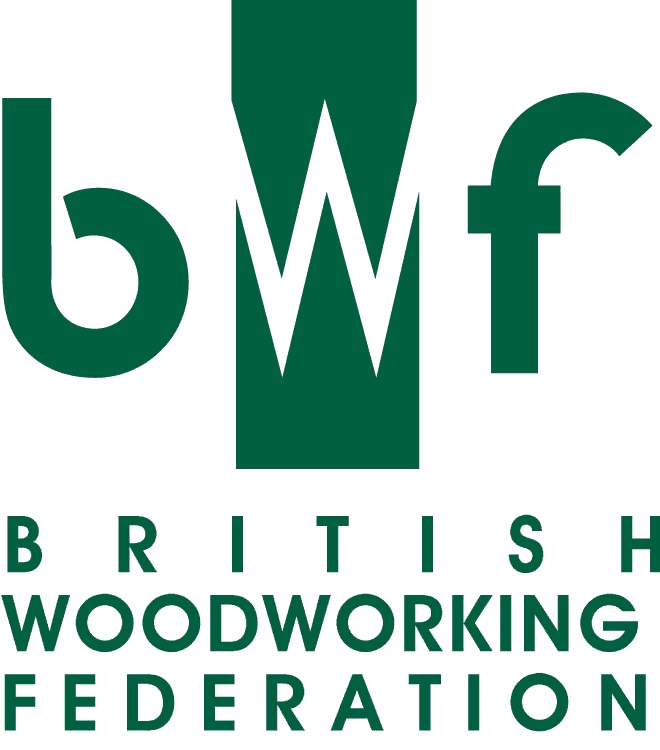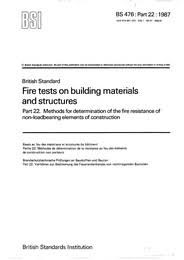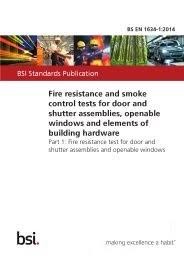Regulations
The Building Regulations for England & Wales (known as Approved Documents) promote standards for most aspects of a building’s construction, including the energy efficiency of a building and the needs of all people in accessing and moving around buildings. Similar regulations or building standards apply in Scotland and Northern Ireland.
- Building Regulations apply in England and Wales and are divided into 15 Approved Documents. As examples, these include guidance on:
- Energy efficiency of buildings
- Access to and use of buildings
- Electrical safety
- Structural safety
- Approved Documents provide guidance on how Building Regulations can be met
- Fire door regulations are held in Building Regulations Approved Document B
- This document is divided into 2 volumes (1. Dwelling houses and 2. Buildings other than dwelling houses) and guide you on how to achieve the regulations for Fire Safety
- In Scotland and Northern Ireland, these are known as Technical Notes
Approved Documents can be downloaded free of charge from the Planning Portal in England and Wales and the relevant sites in Scotland and Northern Ireland
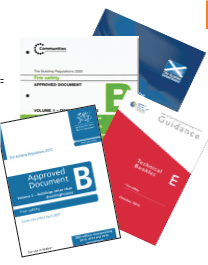
All fire door designs are required to be tested to BS476-22 (for non-loadbearing elements) or the European equivalent EN1634-1. This standard requires doors to be tested as a complete assembly.
Individual components may be subjected to separate tests.
The cold smoke performance of a fire door needs to be considered separately from fire and hot smoke performance, and a separate test report is required where this is necessary.
The importance of doorsets is acknowledged by BS 8214: 2008 Code of practice for fire door assemblies with non-metallic leaves.
BS 8214 gives recommendations for the specification, installation and maintenance of fire doors and is applicable to doors that are designed to provide fire resistance ratings of up to and including 2 hours when tested in accordance with BS 476-22 or BS EN 1634-1.
You should also familiarise yourself with the following British Standards:
- BS 9999:2008 Code of practice for fire safety in the design, management and use of buildings
- BS 9991:2011 Code of practice for fire safety in the design, management and use of residential buildings
The Regulatory Reform (Fire Safety) Order: 2005, which came in to effect in 2006, applies to existing buildings in England and Wales. The Fire (Scotland) Act applies to buildings in Scotland.
The responsibility for fire risk assessment in all non-domestic buildings, including the common parts of flats and houses of multiple occupation, falls to the designated ‘responsible person’.
The responsible person must carry out a fire safety risk assessment and implement and maintain a fire management plan. The law applies to you if you are:
• Responsible for business premises
• An employer or self-employed with business premises
• Responsible for a part of a dwelling where that part is solely used for business purposes
• A charity or voluntary organisation
• A contractor with a degree of control over any premises
• Providing accommodation for paying guests
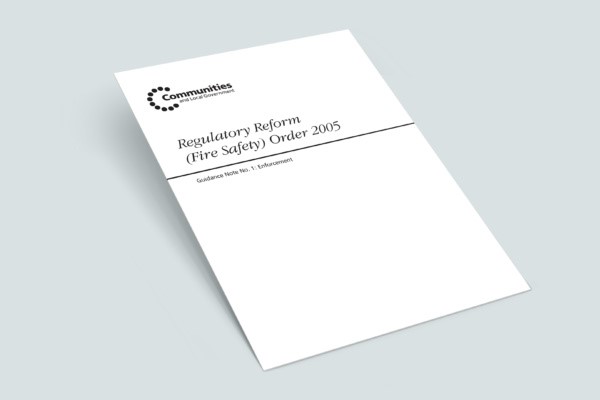
It is important to remember that under Building Regulations, there is a requirement (described under Part 8: Regulation 38) for fire safety information to be provided to the client at the building’s handover stage by “the person carrying out the work”.
Fire safety information includes information relating to the design and construction of the building or extension, and the services, fittings and equipment which will assist the “responsible person” to operate and maintain the building or extension with reasonable safety, including fire safety.
Fire door certificates relating to each fire door assembly, including essential ironmongery, seals and glazing should also be given to the “responsible person” at handover stage.

